It should come as no surprise that Central America is a wholesaler in volcanoes. The chain of volcanoes there is part of the so-called Ring of Fire, a ring-shaped region around the Pacific Ocean that runs from New Zealand, Japan, Russia, North America and across Central America to the southernmost tip of South America. . Many tourists who visit El Salvador, Nicaragua, Guatemala and Costa Rica put a visit to one or more volcanoes on their wish list. A unique opportunity to discover the magic and mystery of these colossal – and sometimes active – mountains. A tour along the most famous volcanoes.
Three volcanoes in Cerro Verde National Park El Salvador
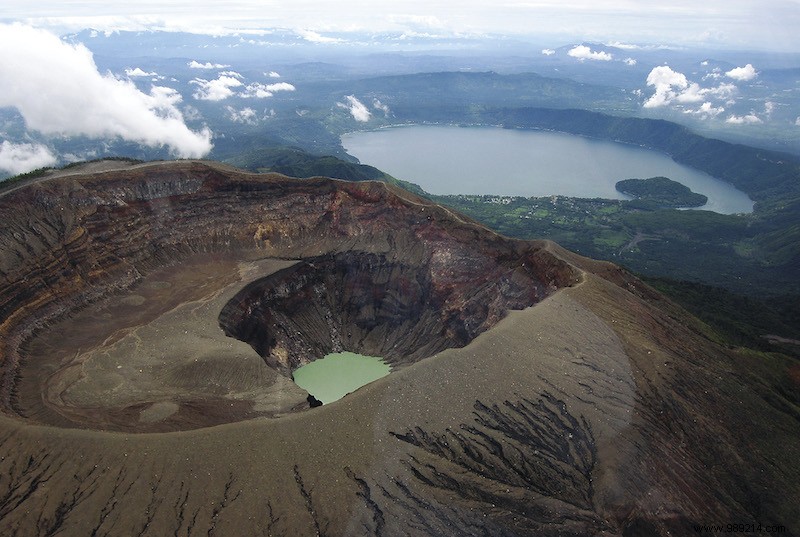
Santa Ana Volcano
The Parque nacional Los Volcanes – also known as Cerro Verde National Park – is a protected natural area in El Salvador that contains three of the 14 geologically young volcanoes (between 2 million and 250 years old) in the Apaneca-Ilamatepec Mountains:the Santa Ana volcano, Izalco and Cerro Verde. Hiking enthusiasts strap on their hiking boots and head to the top for spectacular views. It is also possible to drive to the top.
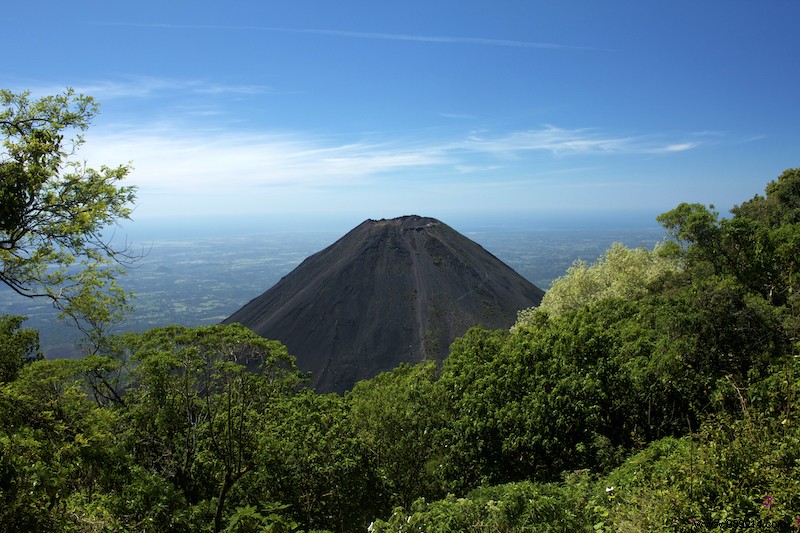
Izalco volcano
The Izalco volcano was last active in 1966, and used to be called El Faro (the lighthouse) because sailors sometimes compared lava flowing from the crater mouth to light from a lighthouse and thus used it as a beacon. The Santa Ana volcano is the highest point in the country at 2,381 meters, the last eruption dates from 2005. At the top you can quickly smell the sulfur smell of the beautiful turquoise lake in the middle of the crater.
Walking on the moon in Nicaragua
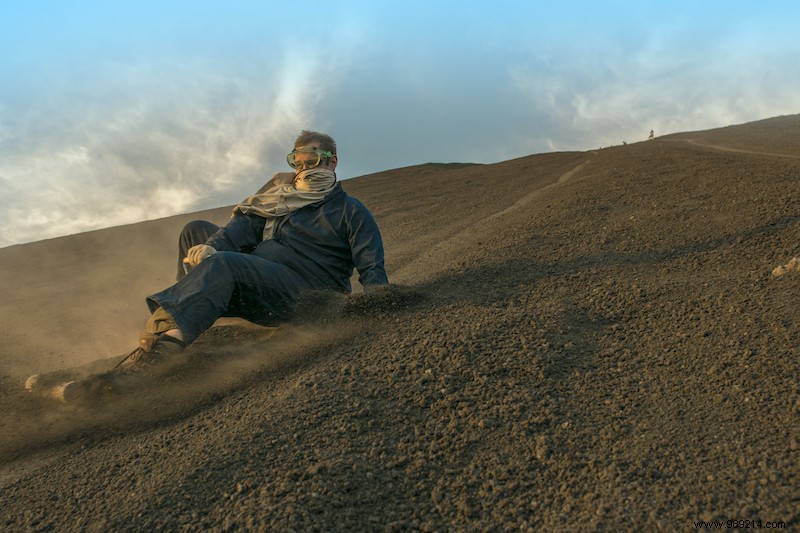
Volcano Boarding on the Cerro Negro Volcano
Nicaragua has 58 volcanoes, including the Cerro Negro (Black Hill) volcano, one of the youngest volcanoes in the world (dating back to 1850). With a height of 728 meters it looks more like a hill, but the black solidified lava stones give you the feeling of walking on a kind of monthly landscape. The volcano is known for a fun activity:volcano boarding. From the top of the volcano you zoom down the slope on a kind of sled and decked out in a sturdy orange protective suit and splash goggles.
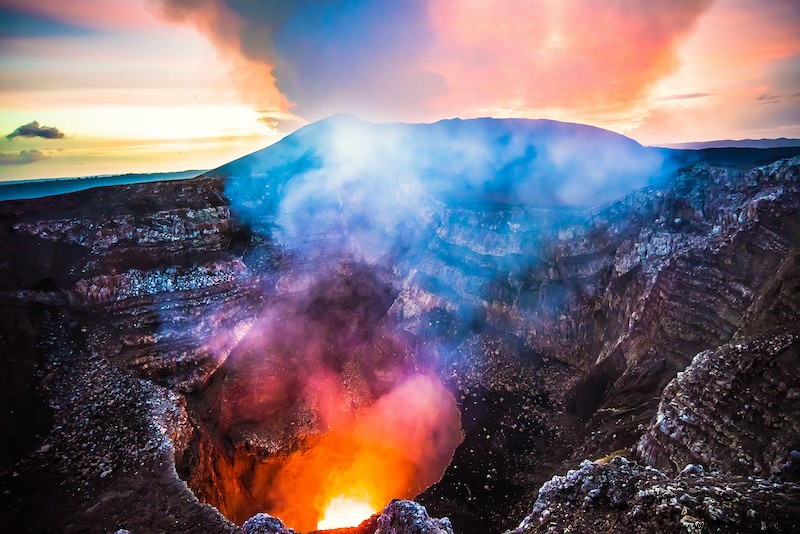
Masaya volcano
In the south of the country, it is worth visiting Masaya Volcano National Park, which includes the Masaya volcano. It is nice to book an evening or night tour so that you can also see the hot lava in the crater – also called the mouth of hell. Special detail:you can even see groups of 'Chocoyos Green Parrot' parrots that have adapted to live in this crater with many gases.
Ascend to the highest point of Central America in Guatemala
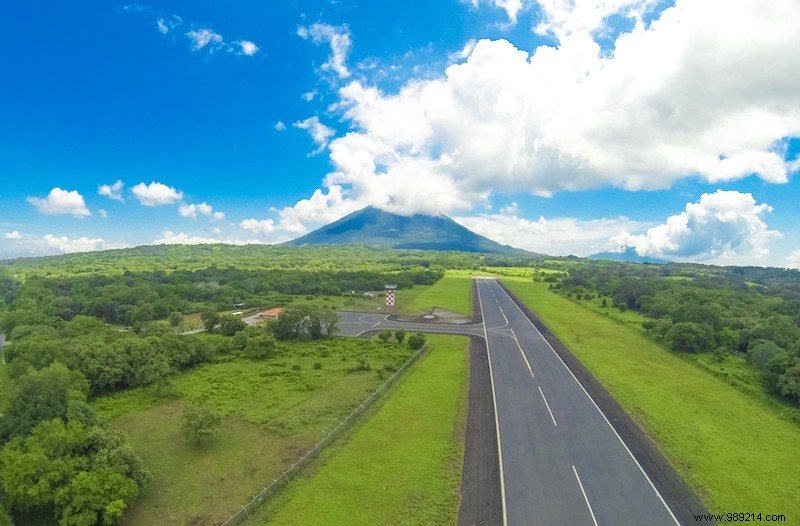
Cerro Concepcion
The highest mountain in Central America can be found in Guatemala:the Tajumulco volcano, with a peak that reaches 4,220 meters in height. From the base camp, located at an altitude of 2,500 meters, it takes five hours to walk up and two hours for the descent. Several local tour companies offer these treks with a sunrise or sunset view from one of the two peaks (the Tajumulco or the Cerro Concepción). The highest point, above the clouds, offers spectacular views of, for example, the volcanoes of Antigua (Agua, Acatenango, Fuego, Atitlán and Santa María).
Discover the Big Five of Costa Rica
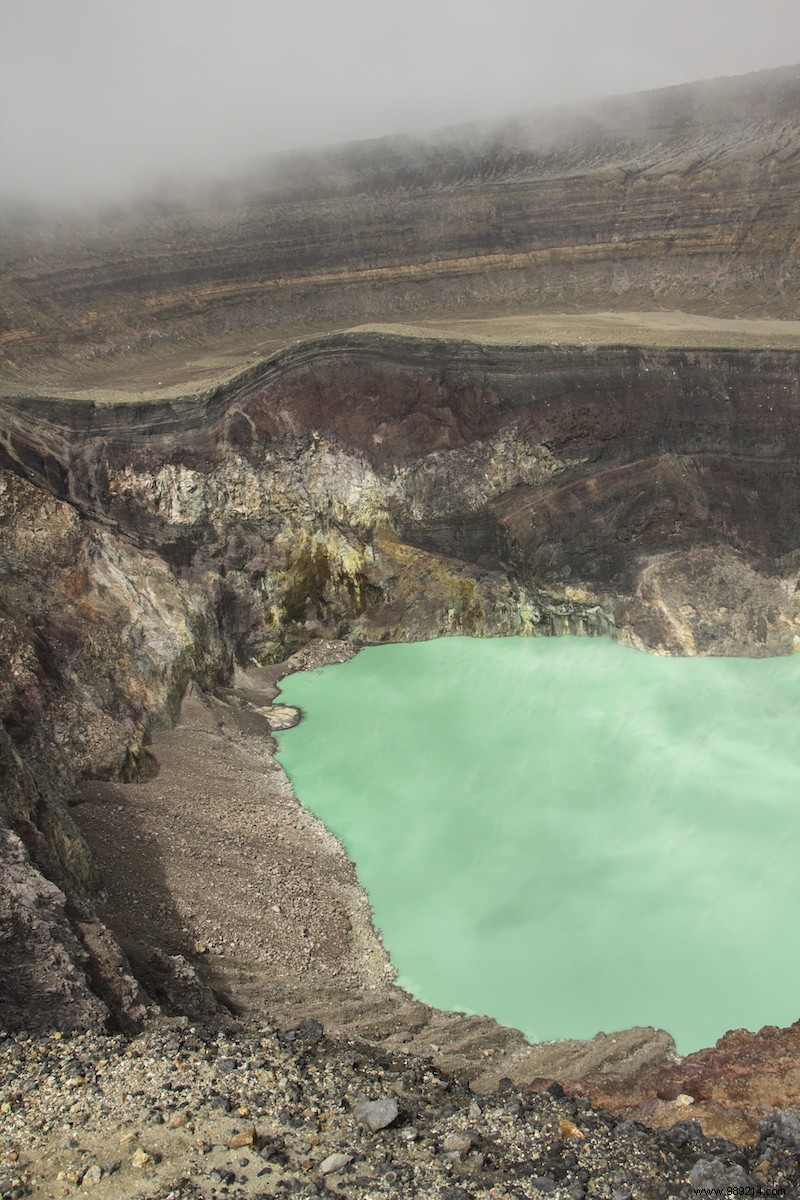
Costa Rica has hundreds of volcanoes, five of which are still active, most of which are in the Central Valley region and northern Guanacaste. The Irazú Volcano is the highest (3,432 meters), while the Poás is the most visited, as it produces up to 40 steam eruptions per day. In the National Park Tenorio Volcano you will find the volcano of the same name and you can take beautiful walks along the Celeste River to, for example, El Teñidor with its beautiful azure blue colors.
At the volcano Rincón de la Vieja, visitors can enjoy a relaxing hot bath in the 40-degree thermal waters. Tourists can also visit Arenal Volcano for scenic circular walks and hike treetop hanging rope walkways in the 250-acre Mistico Arenal Hanging Bridges Park.